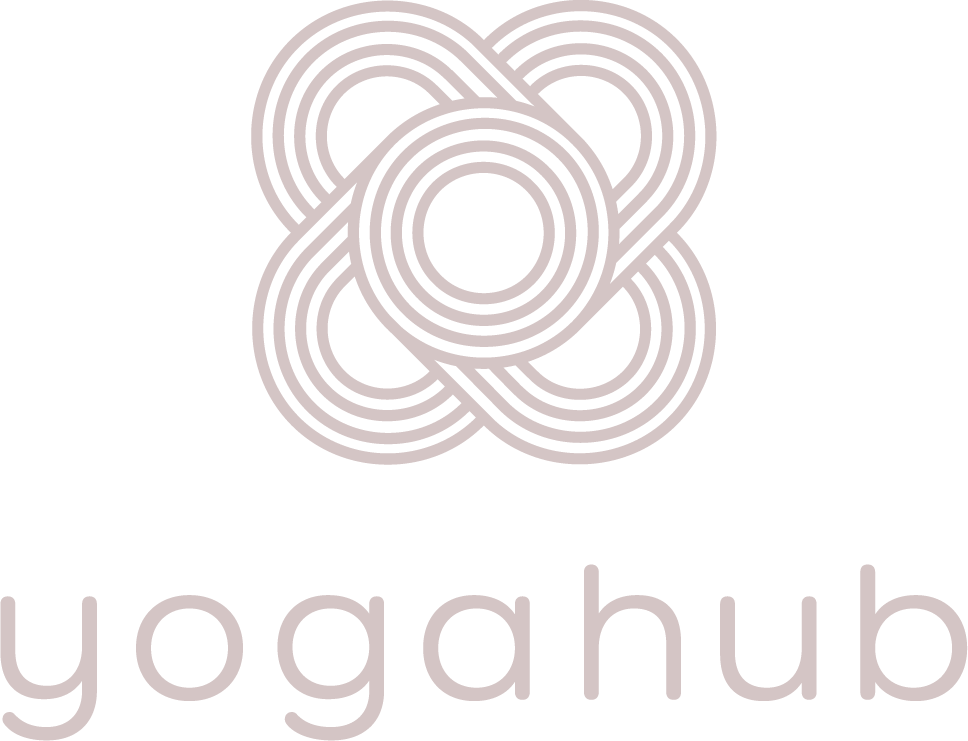You know it well. For some of you, it’s your favourite part of a yoga class. It’s that super delicious time at the end of a practice when you lay on your back and drift into nothing-ness.
Time for Savasana.
The word Savasana is actually 2 Sanskrit words, Sava and Asana. Sava translates as “corpse” and Asana translates as “pose”. So, at the end of a class, when you’re ready to completely let go and do blissful nothing, you are in a “corpse pose”.
The purpose of Savasana is to connect fully to the stillness of the present moment. That’s why your teacher will often ask you to get as comfortable as possible–making sure that your eyes are closed, make sure that your feet are splayed out to the sides–so that you can surrender. Savasana is about complete effortlessness. It’s about letting go of every muscle, every thought, every notion of doing. It’s about the full experience of Being.
There are many who would claim Savasana to be the most important pose in a practice. It’s when, after the physical experience, the body can absorb all the benefits of the practice. It’s a time for the nervous system to calm, the mind to settle, and the breath to deepen. You may have noticed after Savasana that you feel lighter. Like there’s a sense of something having been lifted. Or you feel a “glow”. This is what happens when we reach a complete balance and harmony within ourselves. It’s a real yang and yin–after a focused physical practice, it’s necessary to balance out with a deep relaxation.
If you’ve ever done a physical practiced and skipped Savasana, you may have noticed that your body is still on-the-go. This is because your nervous system hasn’t had a chance to settle. When you balance your physical practice with effortless surrender, your whole system finds a point of equilibrium.
Take a moment to notice this harmonious “glow” after your next yoga practice. Notice how after all the focus, the time of relaxation ties everything together. Relax, enjoy, and notice the immense benefits of letting go in Savasana.



